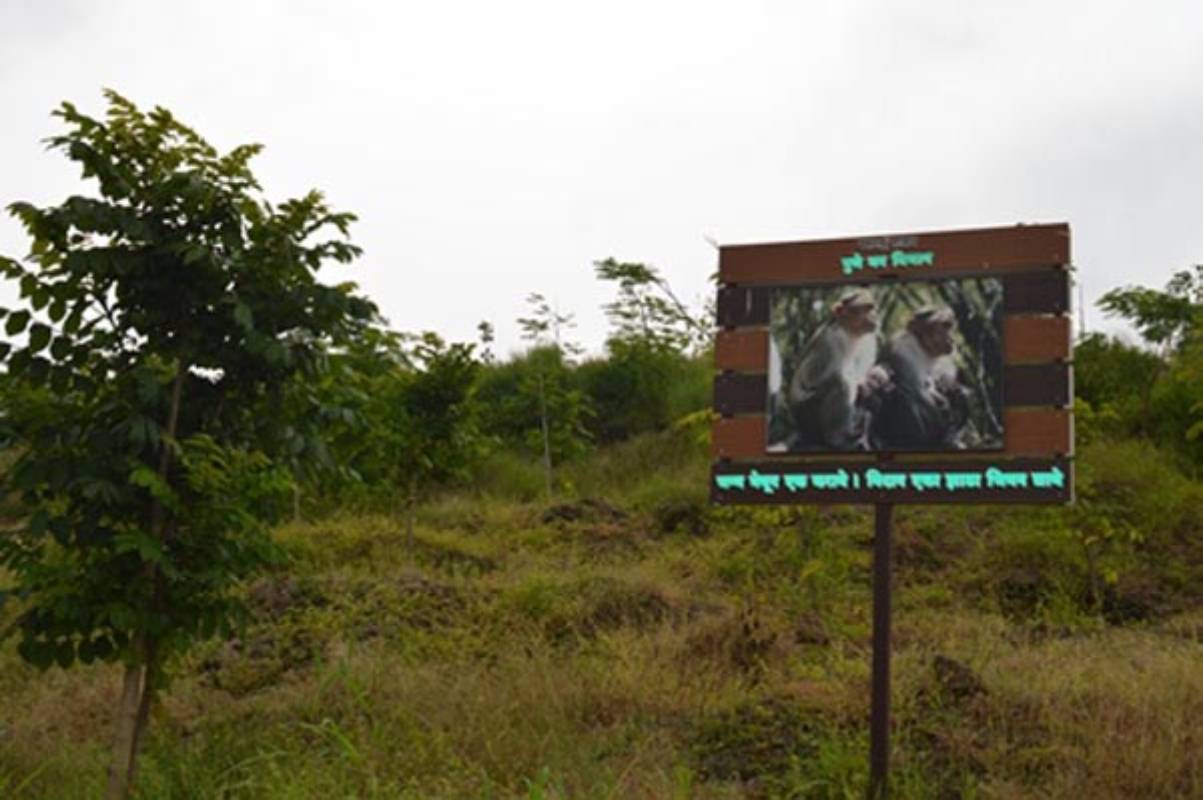Huge quantity of ganja seized on Jharkhand border
The Asansol Durgapur Police Commissionerate intercepted an inter-state drugs consignment in the Dishergarh area, at the Purulia–West Burdwan–Jharkhand border.
India’s first urban forest project was set up in Warje at Pune, Maharashtra by an NGO, TERRE, as a CSR initiative of Tata Motors in 2015.

Durgapur in West Burdwan district and Bishnupur in Bankura have been selected for setting up Nagar Van (urban forest) project out of 200 cities in the country by the Union environment ministry (MoEFCC).
Talking to The Statesman, Nilratan Panda, divisional forest officer (DFO) of Durgapur has informed that in the state, two cities – Durgapur and Bishnupur have been selected.
Advertisement
“In Parulia area of Durgapur the nagar van will be set up on 25-hectare land and 20-hectare land in Bishnupur. Centre will provide a crore of rupees to each of the projects. The urban forests should act as green lungs,” Nilratan Panda added.
Advertisement
He further said that the Detail Project Report is being prepared and will be ready by next week, the work is expected to start from mid-June.
It should be mentioned that on World Environment Day in 2020 Union environment minister, Prakash Javadekar has announced setting up of 200 nagar vans in the country at a cost of Rs 415 crore.
According to the World Economic Forum, the cities which have more trees are less busy and less noisy. An adult tree can consume 150kg of CO2 every year. As per Food and Agricultural Organisation (FAO), trees in urban areas minimise ozone, SO2, particulate matter, eliminate CO2 from the environment and generate fresh oxygen.
Globally, metropolises are increasingly creating urban forests.
Established in 1961, the sprawling Tijuca National Park in Rio de Janeiro of Brazil is the world’s largest urban forest followed by Johannesburg in South Africa. Several lakhs of foreign tourists visit Tijuca, which is home to a mosaic of trails, cascading waterfalls, wildlife, viewpoints and famous landmarks (most notably the art deco Christ the Redeemer statue).
Singapore and Bangkok have built green corridors that provide space for nature and wildlife while improving the lives of city dwellers.
According to the United Nations (UN), cities will host 68 per cent of the global population alone by 2050, thus making such initiatives imperative.
In India, many cities have gardens and parks, like the famous Mughal Gardens, but not forests. Until the country’s first urban forest project was set up in Warje at Pune, Maharashtra by an NGO, TERRE, as a CSR initiative of Tata Motors in 2015.
From a 16-acre barren strip of land, today Warje has been successfully developed into a thriving oasis of biodiversity, host to 10,000 indigenous plant species, 29 local bird species, 15 butterfly species, 10 reptile species and three mammal species and has already become a role model of MoEFCC for setting up the 200 nagar vans in the next five years.
As per the 2018 figures, per capita green space of Kolkata was 6.61 square metre with a population of 15.20 million and geographical area of 1,380 square km, which is much lower than Chandigarh, Gandhi Nagar and Chennai.
The objective behind urban forest schemes is to preserve ecosystem stability, meeting environmental and social criteria. It will help in making the city cooler thus decreasing the usage of air conditioning machines. The Compensatory Afforestation Fund Management and Planning Authority (CAMPA) will allocate the project costs.
Advertisement